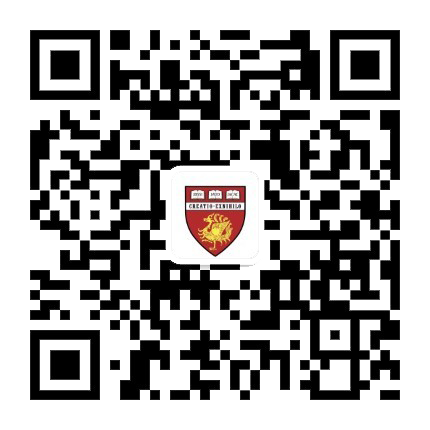Abstract: This study examines Zhang Daqian’s copies of the Dunhuang Frescos and their circulation and analyses the historical designation of the concept of manuscripts and its evolution. In the existing research, there have been different views in academic circles about whether the works copied by Zhang Daqian at Dunhuang belong to the Fenben (粉本) or line drawing form of the manuscripts, and there is still some disagreement about whether these manuscripts were copied by Zhang Daqian himself or not. In this thesis, we discuss the characteristics of Zhang Daqian’s drawings copied at Dunhuang, including brushstrokes, colors, and numbering. We also verify the concepts of “drawing sample” and “Fenben” in ancient Chinese painting and conclude that the copied works belong to the Fenben form. This study provides a reference for Zhang Daqian’s copies in Dunhuang and their circulation path.
JACAC 2024, 2(1), 1-15; https://doi.org/10.59528/ms.jacac2023.0330a5 - March 30, 2024
by
Hong He *
JACAC 2024, 2(1), 16-27; https://doi.org/10.59528/ms.jacac2024.0401a5 - April 1, 2024
Jinqi Hu1 , Hong He2, Yi Song1 , Meng Liu1 *
by
Abstract: The scholarly community has yet to reach a consensus on the authenticity of Zhang Daqian’s copies of frescoes from the Mogao Grottoes in Dunhuang and the path of their circulation. This interview revolves around the Fenben (粉本) created by Zhang Daqian at Dunhuang and compares the concepts of Fenben and the manuscripts. Through dialog, this article discusses the role and function of the Fenben (粉本) concept in traditional Chinese painting. It is hoped that through this interview, the two concepts of Fenben and manuscript can be identified and traced back to their origins and, at the same time, trigger an in-depth academic discussion on the circulation of Zhang Daqian’s works copied at the Mogao Grottoes in Dunhuang.
by
JACAC 2024, 2(1), 28-37; https://doi.org/10.59528/ms.jacac2024.0726a7 - July 26, 2024
Zhenji He*
Abstract: The Records of Lacquering《髹饰录》was written in the Ming Dynasty, has been cited by Chinese and foreign researchers as the most classic text in the study of ancient Chinese lacquer art. The book was lost in China during the Qing Dynasty, and it was not until modern times that it was introduced back to China. In addition to the legendary circulation of the Records of Lacquering, the knowledge of ancient Chinese lacquer art recorded in this book is also invaluable. Huang Cheng (黄成), the author of the book, and Yang Ming (杨明), the annotator, are from Xin’an (新安), Anhui (安徽) Province, and Xitang (西塘), Zhejiang (浙江) Province respectively. Although they did not come from the same place and lived in different periods of time, with the frequent exchanges between craftsmen in the Jiangnan (江南) area in the late Ming Dynasty, and the continuous expansion of lacquer production, the related craft knowledge also circulated rapidly. Eventually, these two master lacquer carvers, though in different ages and places, had the opportunity to bring together various popular lacquer art knowledge, which led to the Creation of the Records of Lacquering. It played an invaluable role in the dissemination of traditional Chinese lacquer knowledge.
Lates articles



